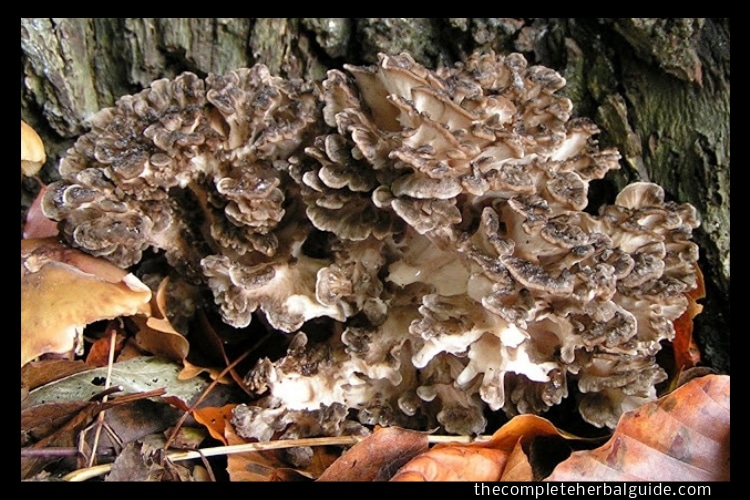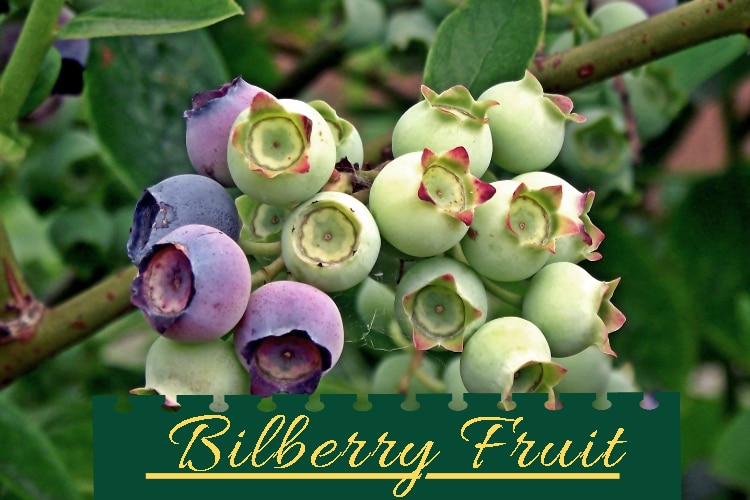
Medicinal Uses for St. John’s Wort
Botanical: Hypericum perforatum
Family: Guttiferae/Clusiaceae (mangosteens) – Hypericaceae (dilleniid dicot)
Other common names: Goatweed, Hypericum, Amber, Witches’ Wort, Klamath Weed,
St. Joan’s Wort, Common St. John’s Wort, Tipton’s Weed, God’s Wonder Plant
St. John’s Wort is a powerful natural medicine for temporary depression. It has become the world’s most popular calming herbal supplement for banishing the blues and controlling stress and has also been used to calm the digestive tract, treats chronic fatigue syndrome, anxiety, menopausal mood swings, and a host of other ailments.
History
St. John’s Wort is a perennial plant, native to Western Asia, Europe, and Great Britain (especially in Wales), and it has been introduced to the United States, where it grows wild. The herb grows in well-drained to dry soil in partial shade to a height of about thirty-two inches and bears bright yellow petals with flowering tops.
Although St. John’s Wort is cultivated in many parts of Europe for commercial purposes, it is listed as a noxious weed in several countries. St. John’s Wort invades pastures and replaces useful vegetation as a toxic weed, making productive land unviable, as ingestion by livestock can cause photosensitization, central nervous system depression, spontaneous abortion, and may be fatal. The plant allegedly possessed mystical and magical powers, partly due to the fluorescent red pigment, hypericin (one of its most powerful chemical constituents) that oozed like blood from the crushed flowers.
If you rub the petals of this flower between your fingers, that red resin will ooze out, and according to one legend of the Middle Ages, this plant sprang from the blood of St. John the Baptist when he was beheaded. Another legend says the plant’s name came from the fact that it bloomed around June 29th, which is the feast day commemorating the Beheading of St. John the Baptist on the Christian Church calendar. As a matter of fact, the plant’s botanical genus, Hypericum, is said to be derived from the Greek words, hyper, meaning “above” and eikon “picture,” referring to a traditional custom of hanging St. John’s Wort over a picture or icon in the house during St John’s day to ward off evil.
In Middle English, the term “wort” referred to any plant or vegetable that was used medicinally, and this herb was used in herbal medicine in medieval England to treat attacks of insanity attributed to the work of evil spirits or the devil; hence, one of its common names, “Witches’ Wort.” European settlers brought the plant to the United States in the 1700s, and although it has been used for at least two millennia, it did not become popular in the North American media until the 1990s.
Today, there is much research being conducted into the plant’s potential uses. Some early studies indicate that the hypericin in St. John’s Wort may help to slow the spread of breast cancer to tissues between the chest wall and the lungs; and oddly, hypericin’s efficacy appears to be increased by exposing the skin to sunlight, since the herb increases photosensitivity. Moreover, some early trials have demonstrated that tumor growth was inhibited by the hypericin content.
Again, because it has been used as a photodynamic therapy in the treatment of certain malignant diseases, St. John’s Wort utilizes that sensitivity to light and may produce positive results in the treatment of skin melanoma. These treatments, of course, were conducted only under strict medical supervision.
Traditionally, the petals were gathered in midsummer for use in herbal medicine, but today, the entire plant is used. Aside from its valuable use as a calming herbal supplement, the plant yields a red dye and is also used in cosmetics.
Some of the chemical constituents in St. John’s Wort include carotenoids, anthraquinones (napthodianthrones including hypericin and pseudohypericin), phloroglucinols: (hyperforin and adhyperforin), chlorophyll, volatile oils (methyl-2-octane, limonene, caryophyllene, humulene), flavonoids (hyperin, hyperoside, quercetin, kaempferol, rutin and hyperoside), acids (caffeic, chlorogenic, para-coumaric, para-hydroxybenzoic), saponin, tannins, and vitamin C.
Medicinal Uses
The most common and popular use of St. John’s Wort is for the treatment of temporary depression, although the exact way it works is not entirely clear. Some tests have revealed the ingredient, hypericin, to be an antidepressant, and further systematic exploration into the clinical and pharmacological effects of St. John’s Wort indicate that the chemical, hyperforin, works as a monoamine oxidase (MAO) inhibitor. MAO is an enzyme that destroys certain mood-regulating brain chemicals, such as serotonin, norepinephrine, and dopamine, and this action serves to calm the nerves and lift the spirits. St. John’s Wort generally is also thought to be effective for helping those who experience Seasonal Affective Disorder (SAD), and studies also show possible efficacy in the management of anxiety and premenstrual syndrome, although additional research is necessary.
Because St. John’s Wort appears to be able to fight temporary depression, this quality also makes it useful in treating Chronic Fatigue Syndrome and the mood swings associated with menopause and PMS. It is also considered a mild sedative and when used in the treatment of insomnia, St. John’s Wort does not actually increase the total sleeping time but may increase the time spent in deep sleep by helping to produce melatonin, a sleep-regulating hormone.
St. John’s Wort is believed to be good for nerve pain and is sometimes used to improve the long-term nerve damage caused by uncontrolled diabetes. This herb’s ability to help the median nerve in the wrist facilitated pain relief in some carpal tunnel syndrome tests.
As a topical analgesic, St. John’s Wort may be used externally for burns, bruises, injuries (especially deep or painful wounds involving nerve damage), sores, sciatica, neuralgia, cramps, sprains, and tennis elbow. The herbal analgesic and pain-relieving activity are believed to be due to the bioflavonoid content.
The pain-relieving properties of St. John Wort has been beneficial in easing the vocal pain and laryngitis associated with fibromyalgia. It is said to relieve tension headaches because the herb relaxes blood vessels and increases blood circulation. St. John’s Wort may relieve those headaches that accompany hay fever.
St. John’s Wort is an effective antiseptic and when used topically, it helps to heal wounds, prevents skin infection, and keeps open wounds from becoming infected. The essential oil is strongly antibacterial (even more so than sulfa drugs) and counteracts staph infection.
St. John’s Wort is an antiviral and anti-inflammatory and has been beneficially used for herpes virus, cold sores, shingles, and fever blisters. The antiviral process triggered by St. John’s Wort appears to be enhanced when the user is exposed to sunlight. This same activity applies when the herb is used topically for vitiligo, and beneficial results are favorably affected by exposure to sunlight.
St. John’s Wort is said to possess calming effects on the digestive system and is believed to be effective in treating Crohn’s disease, Irritable Bowel Syndrome (IBS), and a variety of digestive ailments. St. John’s Wort is a bittersweet, astringent herb and an anti-inflammatory that helps to promote healing, reduce inflammation and swelling, and may help to relieve hemorrhoids.
In some lab studies, St. John’s Wort was shown to protect bone marrow and intestinal mucosa from X-Ray damage.
St John’s Wort Interactions
There are many warnings associated with the use of St. John’s Wort Herbal Supplement, as it may have potentially dangerous interactions with prescription drugs, and one should always consult a physician when taking prescription medication of any sort before using this herb.
Pregnant women should avoid this product, and those who are photosensitive to light may experience an allergic reaction when exposed to sunlight or may become sunburned. Some people may experience stomach upset, restlessness, mild allergic reactions, or fatigue when using this herb.
Although St. John’s Wort is called nature’s Prozac, it should not be taken by those who have chronic or clinical depression and should never be used with prescription anti-depressants or any medication that interacts with MAO inhibitors.
Those who take anticoagulants, oral contraceptives, sedatives, antidepressants, anti-seizure medications, high blood pressure medication (with ACE) inhibitors, drugs to treat HIV, or drugs to prevent transplant rejection should not take St. John’s Wort. Significant interactions include decreased efficacy of antiretrovirals, cyclosporin, tacrolimus, and other chemotherapeutic agents. Do not take St. John’s Wort if you are planning to undergo any type of surgical procedure. Aside from its blood-thinning properties, the herb can intensify the effects of anesthesia, resulting in oversedation.






